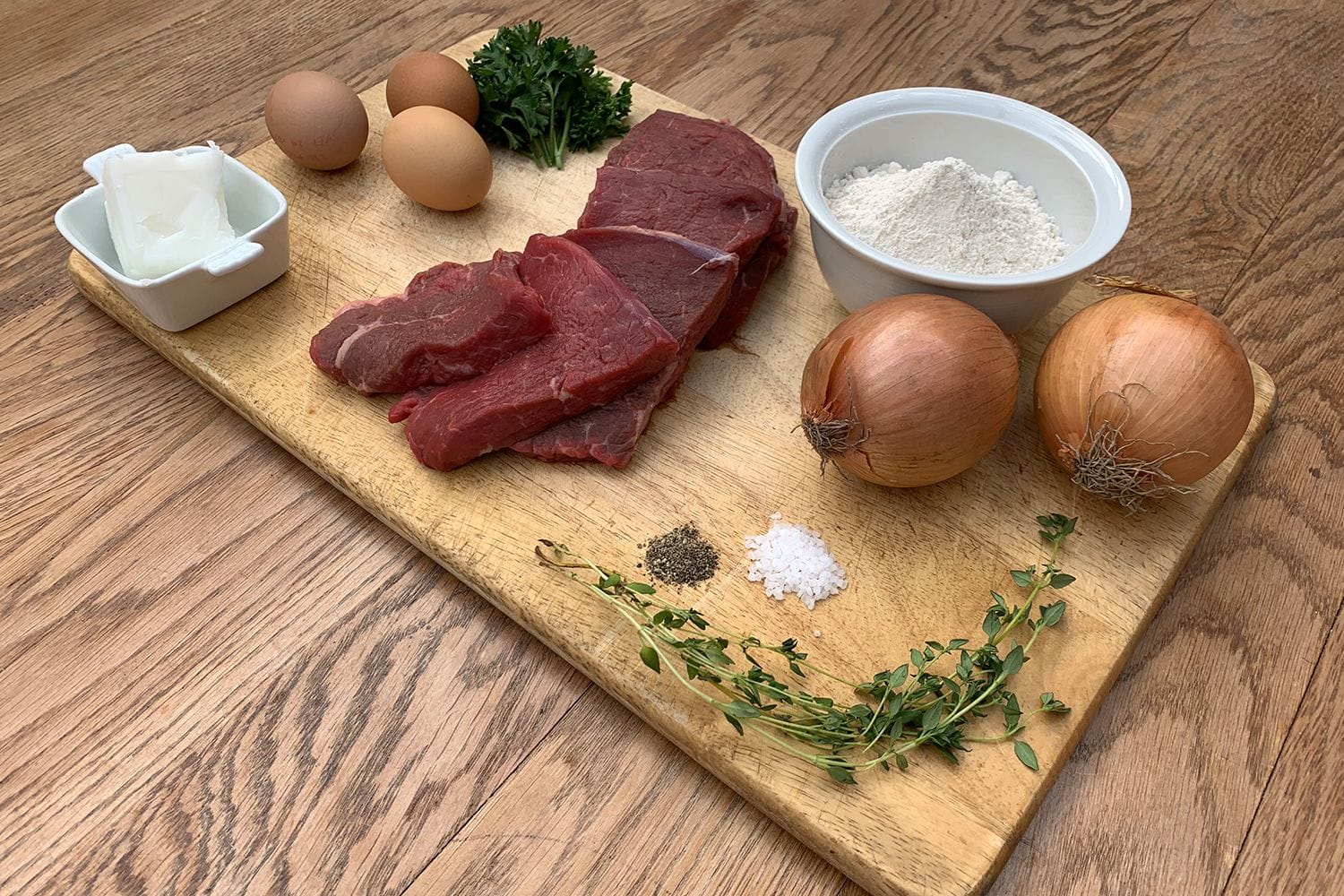Long-time campaigners bristle at politicians' back-patting over new lift at Clongriffin Dart Station
“They were actually trying to take credit for the extremely hard work that we have put in."
This month’s recipe could be compared to modern-day beef olives, thin pieces of braised stuffed beef – in medieval times these were known as beef birds.

In 15th century Dublin, the laws that governed the marketplace would appear in a manuscript known as the Dublin City Chain Book.
This manuscript, which was made from sheepskin parchment, was chained to a lectern – a kind of reading desk – in a building known as The Thosel, a type of City Hall where tolls were paid and general administrative work took place. Although this building doesn’t exist anymore, it was located across from what’s now known as Christ Church Cathedral.
These laws applied to butchers, as well as bakers, those selling fish, salt and kitchenware, among others selling at market.
Among these laws, there was one which stated that if a man was employed to slaughter hogs, but for some reason didn’t carry out the deed, he would be imprisoned for 40 days. Another one was that bakers were not allowed to sell bread that didn’t have their name stamped on it, and fish were only to be sold at the fish shambles, a stall where the meat was sold.
Throughout the Middle Ages, people in Dublin ate more beef than pork or mutton. Indeed sheep were more in demand for their fleece than meat, making mutton a by-product of the wool industry.
Fresh sheep hides were sold by butchers, but by law they were not to be sold to foreigners. There is no explanation for this, but perhaps it was to ensure a good supply of leather within the city.
Naturally there were taxes to be paid according to what was sold at a butcher’s stall, but one of the more unusual laws stated that butchers had to make pledges to the bailiffs for their good conduct, otherwise they were not allowed to sell or buy meat.
This law appears to have been put in place only for butchers, who were also forbidden from selling their meat anywhere other than their stalls. If they were caught selling elsewhere, they had to forfeit their meat, and pay a fine.
Meats were roasted, made into pies, or boiled in stews. Grilling, baking and rotisserie roasting in front of an open fire were popular cooking methods in upper-class households, while peasants may have opted to boil or stew their meat, as slow simmering can make the toughest piece of meat more palatable.
This month’s recipe could be compared to modern-day beef olives which are like thin pieces of braised stuffed beef. In medieval times, these were known as beef birds.

Ingredients
Method
Pound the slices of beef if necessary, to make them thin enough, ensuring the flesh remains intact.
Finely chop the onions, remove the leaves from the thyme, and stalks from the parsley and chop.
Add the herbs to the onion and mix together. Melt the lard and add to the onions and herbs. Spread this mixture equally between the beef slices and sprinkle with salt and pepper.
Roll the beef slices into parcels, but not too tightly, then use a skewer to hold each bundle together. Place the parcels under a grill or on a griddle pan and cook for approximately five minutes before turning over and cooking for another five minutes.
Meanwhile, beat the eggs and flour into a batter.
When the “birds” are lightly browned on the outside, brush a little of the batter over them, and cook a little longer. Continue this process of brushing and cooking until the “birds” are completely covered with batter, having a cooked coating.
Serve at once.